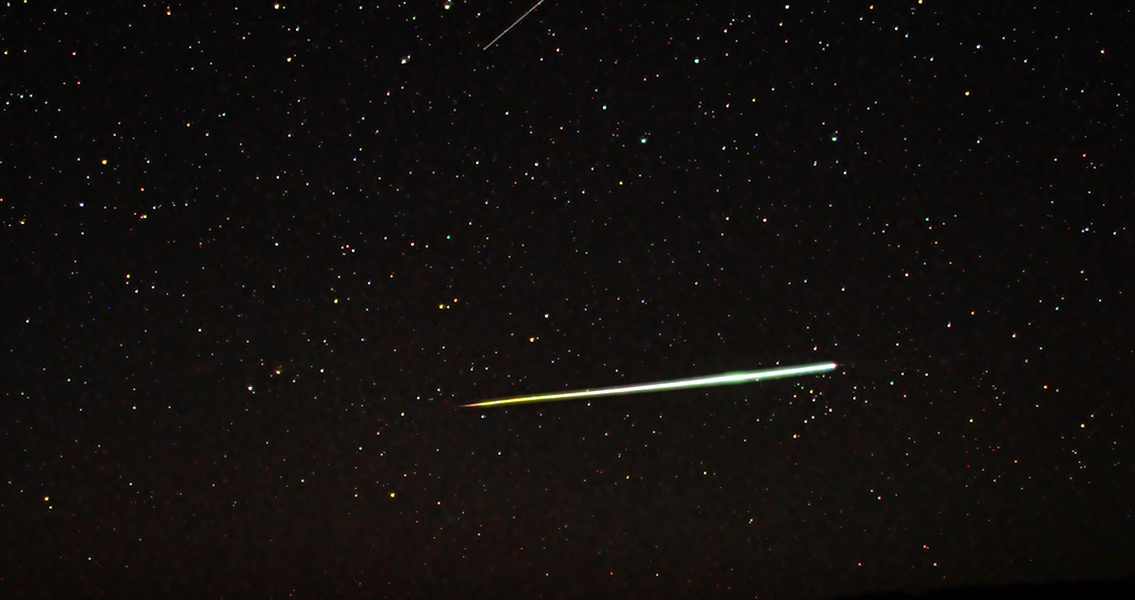<![CDATA[Evidence has emerged that an incredibly rare double meteorite strike occurred around 458 million years ago in the region known today as central Sweden. Scientists from the country’s University of Gothenburg found a pair of craters in the county of Jämtland. Landing just a few miles from each other, these two meteorites impacted the ground at the same time, said geophysics professor Ekrik Sturkell in an interview with Live Science. At the time of the fateful collision, Jämtland had been little more than the seafloor; around 1,600 feet of water separated the impact sites from the surface. One of the two craters was discovered to be massive, with a diameter of 4.7 miles; the smaller crater, located just a scant 10 miles from its big brother, only measures around 2,300 feet in diameter by comparison. Researchers conducted a drilling operation to collect data for analysis, leading to the determination that these two impact craters were not formed years apart but happened at the same time. The scientists pointed to evidence such as identical rock layers called geological sequences present in each crater as proof of their hypothesis. Additionally, the sediment found within both craters has been dated back to the same time period, Sturkell said. The geophysicist said that the double meteorite strike likely occurred shortly after a collision between a pair of large asteroids that had inhabited the Solar System’s asteroid belt that separates Mars and Jupiter. The collision itself likely occurred around 470 million years in the past, Sturkell added. Upon the dual meteorite impact, the water displaced by them would have left two massive – and completely dry – pitted craters in the seabed. It would have taken around 100 seconds for ocean waters to rush back in, according to the researchers. This water would have brought with it meteorite fragments that had become mixed with ejecta – material that would have been thrown out from the explosion and the subsequent outrushing of water. This would have torn parts of the seabed clear off, remarked the geophysicist. While this is certainly the first recorded instance of a simultaneous meteorite strike, scientists say that there have been many impacts in the region in the past. Quarry workers in the 1940s discovered a highly unusual red limestone slab in southern Sweden, in the county of Västergötland, embedded in a hill known as Kinnekulle, only to learn that the rock was actually a meteorite. Sturkell said that while most larger meteorites disintegrate on impact, some do leave behind larger remnants such as the slab found in Kinnekulle. Kinnekulle in particular is a rich source of meteorites, with around 90 found over the last decade and a half in the region. In comparison, the site of the dual meteorite strike in Jämtland had never been known for meteorites, although remnants of larger, exploded meteors in the form of chromite grains were found by researchers. ]]>
Evidence Emerges of Double Meteorite Strike
